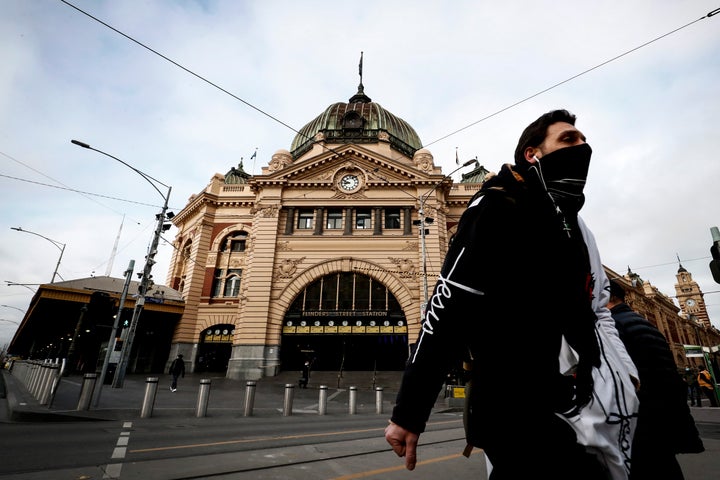
Victoria reported on Thursday five deaths from the coronavirus in the last 24 hours and logged the third-highest daily rise in coronavirus cases.
The state recorded 403 new cases overnight, Premier Daniel Andrews told a media briefing in Melbourne, a day after posting its biggest one-day spike of 484 cases.
The fatalities, including a man in his 50s, mark the country’s biggest one-day rise in COVID-19 deaths since late April.
“This demonstrates the growing toll this terrible virus is taking on our community,” Health Minister Jenny Mikakos told reporters in the state capital, Melbourne.
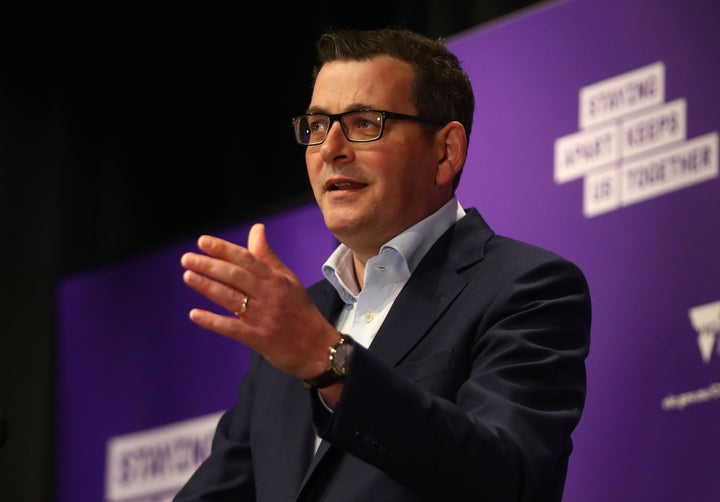
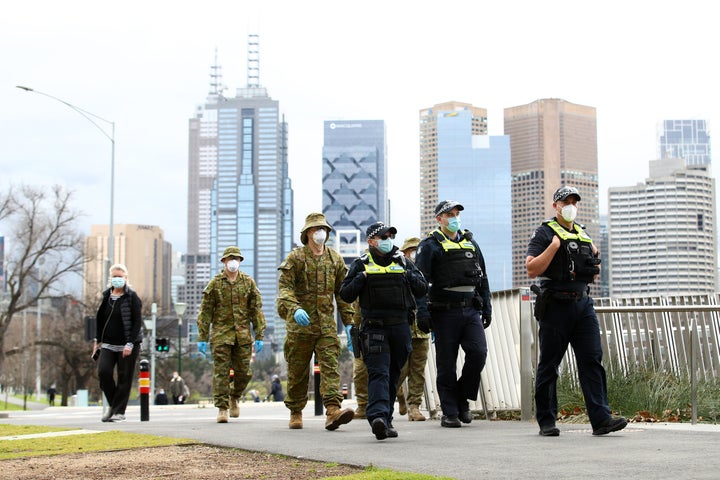
Melbourne has seen a flare-up in infections in recent weeks, prompting the government to enforce a six-week partial lockdown and make face masks mandatory for its residents or risk a $200 fine.
State police said they will show some discretion over the coming week, though Andrews urged people to comply, citing the cases of four children hospitalised with COVID-19.
“We all need to work together, doing simple things, doing, large and small things, each of us to protect each other,” Andrews told reporters in Melbourne.
“It’s all about the small things, the small improvements in our internal processes, and in terms of compliance across the Victorian community that add up.”
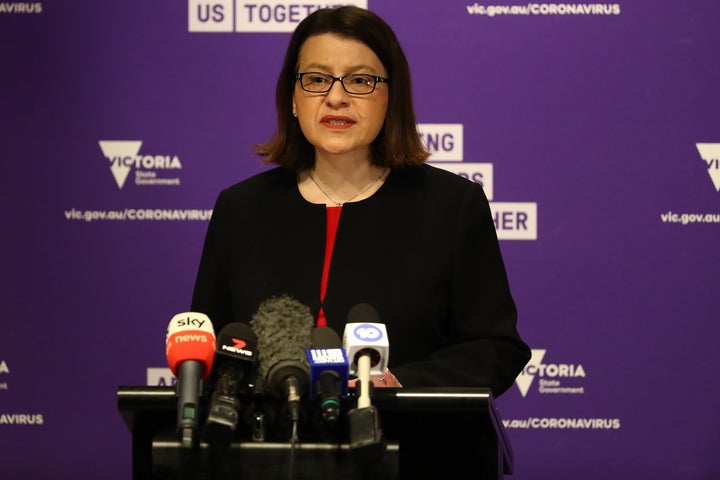
He also urged younger residents in particular get tested if they experience symptoms and follow the self-isolation rules.
“To people who are younger, if you want to get past these restrictions, if you want to get through this and get back to something approaching normal … the only thing to do is to get tested if you’re sick and to isolate while you’re waiting for a test,” he told media.
“To go and have a beer, or go and have a meal with a friend, or move around the community much further than you can now, you’ve got to follow the rules.”
Australia has recorded 13,305 cases of coronavirus since 1 January, with the country’s COVID-19 death toll at 133.
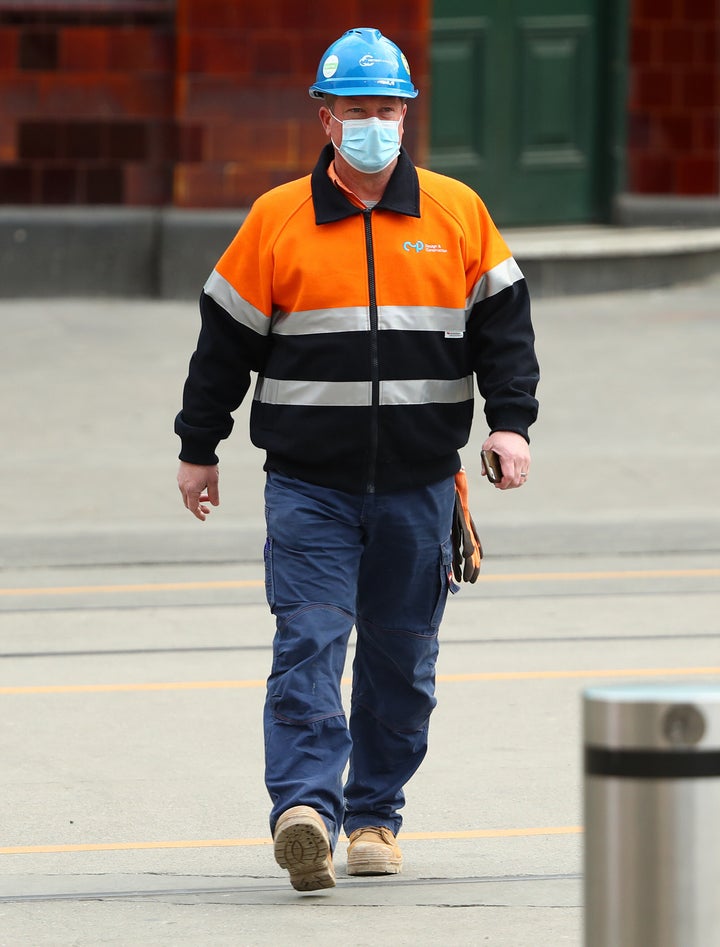
Biggest Budget Deficit Since World War II
The rise in new infections came after Australia began relaxing strict containment measures imposed in mid-March.
While the social distancing rules - which limited mobility of residents and shuttered businesses - slowed the spread of COVID-19, Australian Treasurer Josh Frydenberg said it has taken a heavy toll on the economy.
The government reported its biggest budget deficit since World War Two on Thursday after committing to fiscal stimulus of around $289 billion, or 14.6% of gross domestic product (GDP).
The budget swung into a massive deficit of A$85.8 billion in the year-ended June 2020 compared with an earlier forecast for a surplus, Frydenberg said.
The shortfall will climb further next year, hitting $184.5 billion in 2020-21.
“Australia is experiencing a health and economic crisis like nothing we have seen in the last 100 years,” Frydenberg told reporters in Canberra.
“Our economy has taken a big hit and there are many challenges we confront. We can see the mountain ahead.”
Reporting by Colin Packham, Renju Jose and Swati Pandey